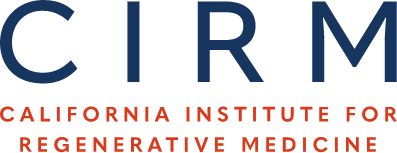Stem Cell-Based Organoid Models of Neurodevelopmental Disorders.
Publication Year:
2023
PubMed ID:
36759260
Funding Grants:
- CIRM Graduate Student Training Grant for the Implementation of a Stem Cell Technology and Lab Management Program: Training in Stem Cell Sciences and Regenerative Medicine
- CIRM Graduate Student Training in Stem Cell Sciences in the Stem Cell Technology and Lab Management Emphasis of the MS Biotechnology Program
Public Summary:
The past decade has seen an explosion in the identification of genetic causes of neurodevelopmental disorders, including Mendelian, de novo, and somatic factors. These discoveries provide opportunities to understand cellular and molecular mechanisms as well as potential gene-gene and gene-environment interactions to support novel therapies. Stem cell-based models, particularly human brain organoids, can capture disease-associated alleles in the context of the human genome, engineered to mirror disease-relevant aspects of cellular complexity and developmental timing. These models have brought key insights into neurodevelopmental disorders as diverse as microcephaly, autism, and focal epilepsy. However, intrinsic organoid-to-organoid variability, low levels of certain brain-resident cell types, and long culture times required to reach maturity can impede progress. Several recent advances incorporate specific morphogen gradients, mixtures of diverse brain cell types, and organoid engraftment into animal models. Together with nonhuman primate organoid comparisons, mechanisms of human neurodevelopmental disorders are emerging.
Scientific Abstract:
The past decade has seen an explosion in the identification of genetic causes of neurodevelopmental disorders, including Mendelian, de novo, and somatic factors. These discoveries provide opportunities to understand cellular and molecular mechanisms as well as potential gene-gene and gene-environment interactions to support novel therapies. Stem cell-based models, particularly human brain organoids, can capture disease-associated alleles in the context of the human genome, engineered to mirror disease-relevant aspects of cellular complexity and developmental timing. These models have brought key insights into neurodevelopmental disorders as diverse as microcephaly, autism, and focal epilepsy. However, intrinsic organoid-to-organoid variability, low levels of certain brain-resident cell types, and long culture times required to reach maturity can impede progress. Several recent advances incorporate specific morphogen gradients, mixtures of diverse brain cell types, and organoid engraftment into animal models. Together with nonhuman primate organoid comparisons, mechanisms of human neurodevelopmental disorders are emerging.



